Tent Footprint VS Tarp: Figuring Out The Right Groundsheet
The fun and excitement that come with camping out is definitely something that appeals to many people. However, the ruggedness and lack of creature comforts make it unbearable for others who require higher levels of comfort. One of the reasons for this is the quality of shelter. Sometimes, you end up sleeping on rough terrain, on moist patches of earth, and/or rains.
[the_ad_group id=”21″]
You need the ideal setup for the trip you’re going to go on. This is why outdoor enthusiasts are usually on either side of the fence when it comes to tent footprint vs tarp in terms of improving your experience with your tent. And that’s not all, both tent footprints and tarps have numerous applications for the outdoorsman.
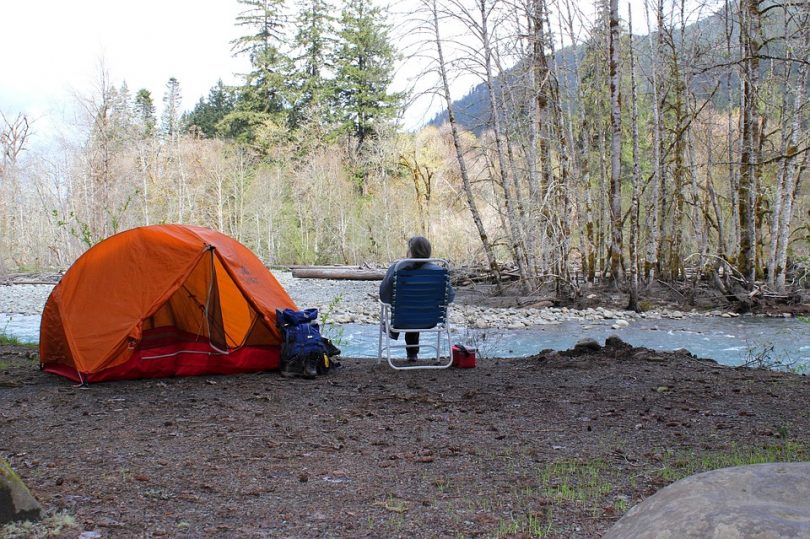
In all honesty, both the tarp and tent footprint have pretty big followings among outdoor enthusiasts. A lot of folks will not see eye to eye about which is better. But that’s why we’re here today. We’re going to differentiate and look at pros and cons of each.
Before all of that let’s get to know the two items better first. So the first question is:
What is a tent footprint?
Tents are quite fragile and can be a pretty big investment. Naturally extending the lifespan of a tent should rank high on the priority list of a camper. And one of the most commonly beaten up parts of a tent is its flooring. Tent footprints help protect the floor your tent by serving as a shield between the tent’s bottom and the ground.
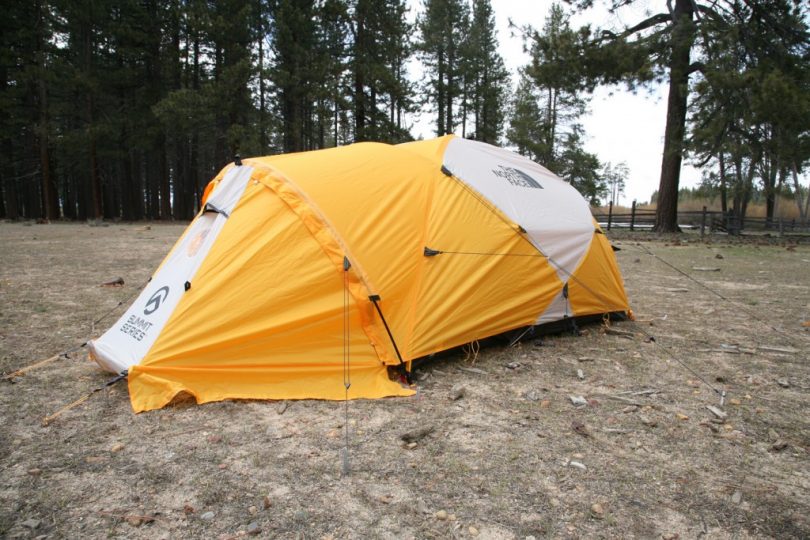
Usually one of the big reasons why a tent’s bottom wears out quickly is because it’s laid out on rough bits of earth. Couple that with your tossing and turning at night, and you provide a great source of friction and abrasion for the floor. This is what eventually leads to tears.
An additional function of a tent footprint is its ability to help lift your tent just a little bit, enough for it to avoid moisture intrusion.
Types of tent footprints
For purposes of discussion, we will classify tent footprints into two types.
Manufacturer tent footprints
The first type of tent footprint is made by tent manufacturers to specifically fit the tents that they come up with.One of the purposes of this is to provide the maximum amount of utility per additional ounce of carried weight.
If the purpose of your carrying an additional material is for the purpose of fortifying your tent’s floor, the footprint that’s provided by the tent manufacturer will be the optimal size and weight to suit your needs. This type of footprint generally will cost way higher than the next type of tent footprints.
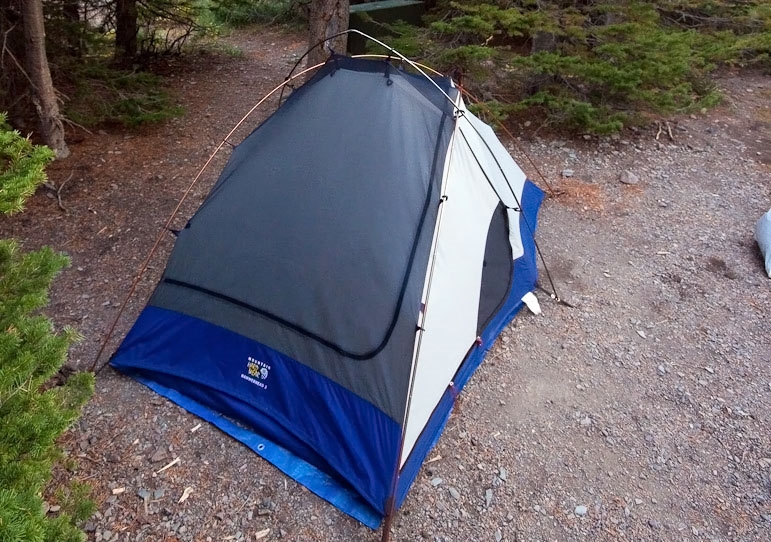
DIY tent footprints
The second type of footprint is the sort that falls under the DIY variety. You can build these yourself by purchasing a waterproof material that can serve the purpose of a tent footprint. By doing this, you can generally save up on cost but you will have to do a bit of extra work, measuring and cutting the material to a proper size that fits your tent.
Alternative Uses
Tent footprints that are made to order generally offer little in the way of alternative use. In the case of made to order tent footprints, their price makes it prohibitive to use them too much for other rugged applications.
DIY Tent footprints will be usable for other tasks as well. However, you will be constrained to the dimensions that you’ve cut out for your tent.
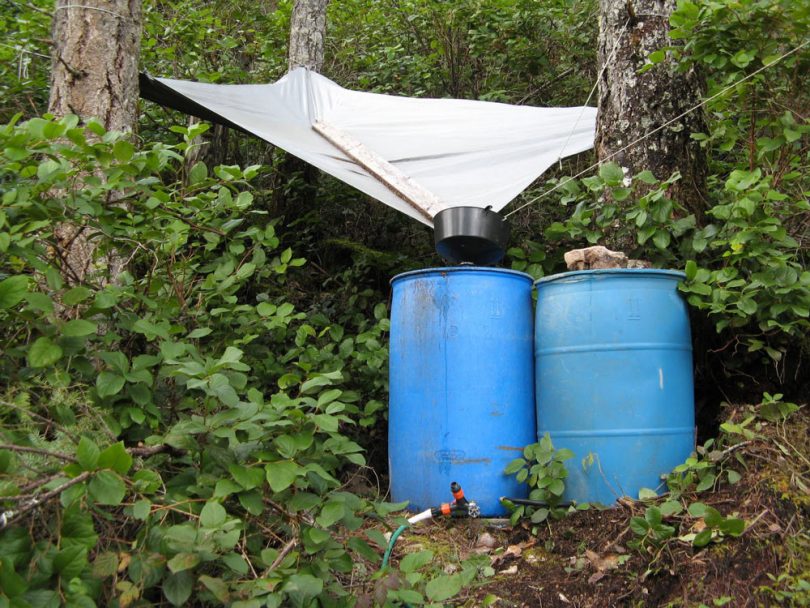
Assuming that you have a relatively large-sized tent you can use that DIY tent footprint in ways similar to tarps as an emergency blanket, shade, and makeshift bag as well as a water collector.
What is tarp?
Tarp is one of the most basic, versatile and functional camping tools around. There are so many uses for these, and having them around can have pros and cons. They are usually made from thick waterproof materials. Most tarps, today are made of woven polyethylene, a relatively cheap material. Among the most common use for them is for shelter.
In fact, in numerous third world countries, tarps are used as promotional materials where content is printed. When eventually discarded, the members of the urban poor demographic usually make use of tarps to build makeshift shelters.
See also: DIY Tarp Tent: Build a Cheap Tent With a Lightweight Tarp
While out on a hike, you can use tarp as a mid-day roof/shelter for your meal. Especially useful when you find yourselves in hot weather or intermittent rains.
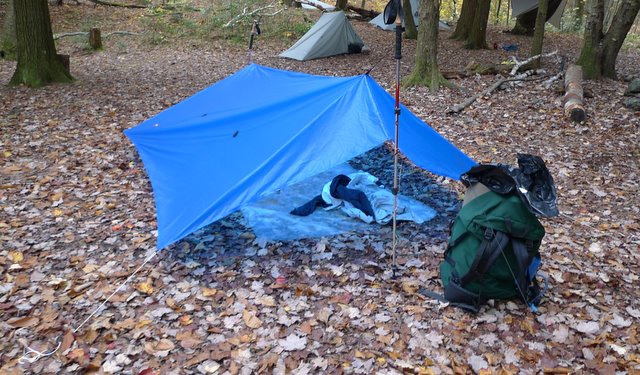
For your wilderness trips, a good tarp can be used as a roof while outdoors, effectively replacing a tent. This, however, leaves you exposed to the elements. But, this type of shelter really isn’t meant for that type of use. In the event that you find yourself in a pinch such as an emergency, however, it’s better than nothing.
Tarps can easily be fashioned into A-Frame shelters, teepees, or lean-tos in order to provide some degree of shelter against the elements.
Another common use of tarp is flooring support for tents. In the same way that tent footprints are used to protect the base of tents against the elements, tarps can be deployed in a similar fashion.
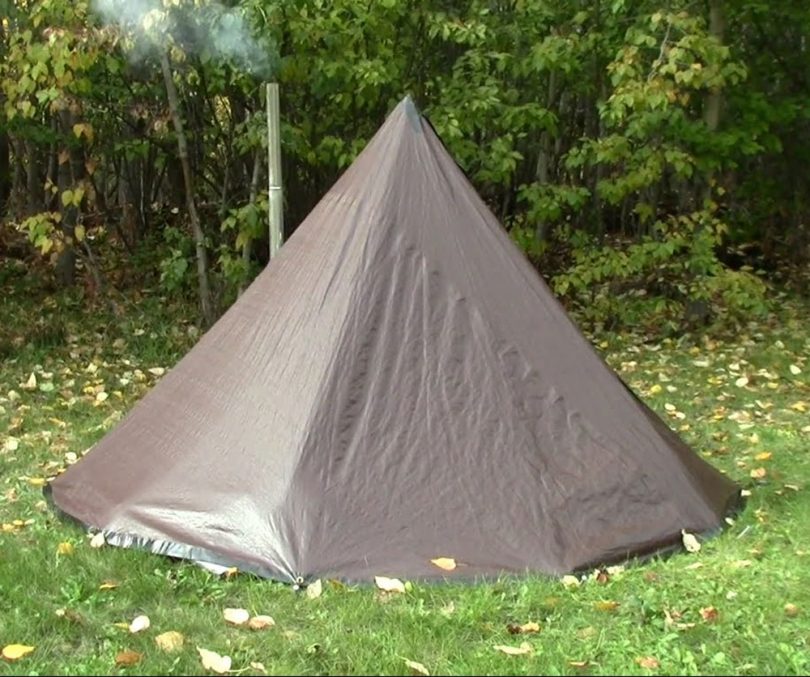
However, tarps will not come in custom-cut sizes that are just right for your tent, hence some adjustments will have to be made if it’s to be used in this manner.
Alternative Uses
Aside from providing shelter tarps are also able to provide a lot of utility and they can provide you added benefits in many different ways.
Outside Storage
Sometimes you just need to keep certain items or fixtures outside your home. Chances are you can’t afford to stuff your already filled-out home with a bunch of chairs and tables from your yard. It serves to protect metal and wooden furniture as well.
[the_ad_group id=”22″]
This is especially useful for the rainy season and winter. Though this really won’t fully protect the wood. You still will need to do some cleaning up on wooden fixtures if you’ve left them outside over the winter, even if you secured it with tarp.
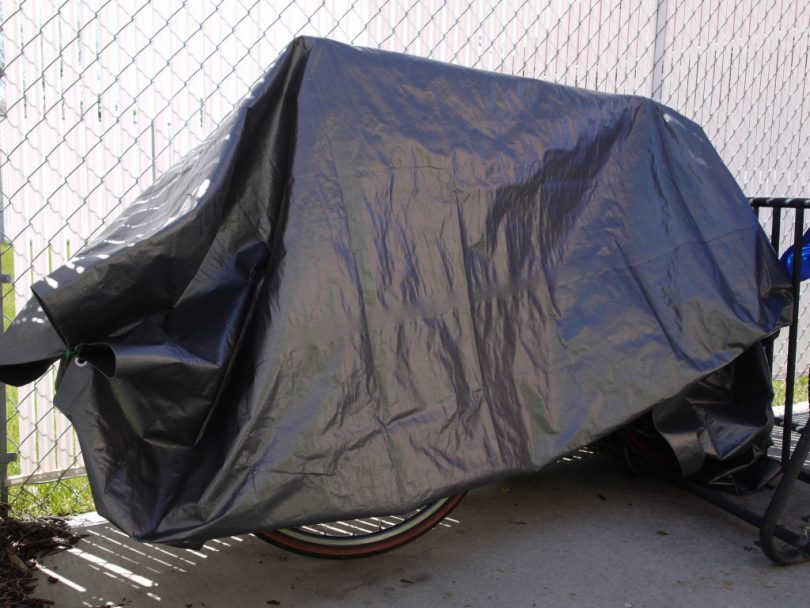
If you’ve cut up some firewood (whether in an emergency situation or simply for a fireplace) having a place to safely protect it from the elements is critical if you want to actually have a fire going. Tarp can serve to prevent moisture from reaching your firewood.
Transportation
If you’ve ever had to load stuff onto the back of a truck, then you’ve worried about having your cargo get blown off by the wind. Whether you’re stacking camping or sporting gear on a van, or truck. Even if you’re hauling produce. Using a tarp is a pretty no-brainer simple solution to help secure what needs to be kept safe.
Secondary Pack
If for some reason, you find yourself in a situation where you need an additional means to carry gear. Either your pack somehow ends up torn up or busted and you aren’t able to store your gear in the pack anymore or you pick up some things that won’t fit in your pack, a tarp can easily serve as a secondary means to carry.
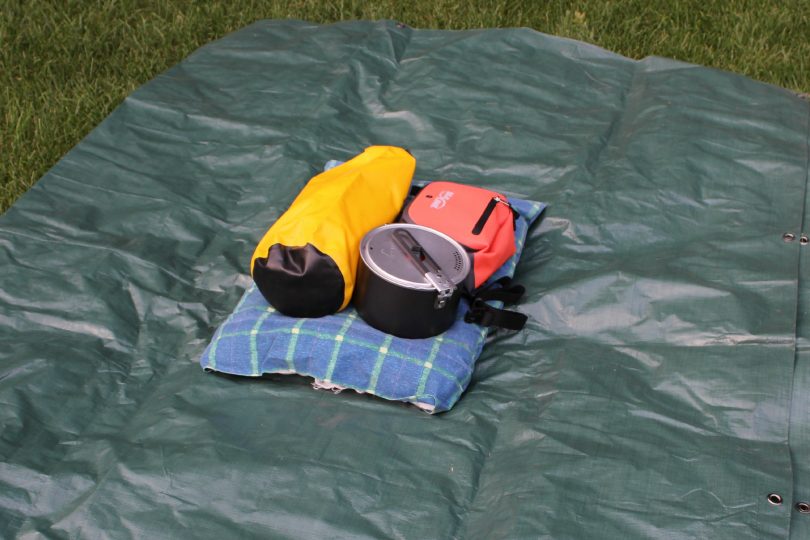
It may be a bit funny thinking about it, but a lot of our ancestors carried their things in this fashion. They simply wrapped miscellaneous things in cloth which served as a bag that held various things together.
Emergency Blanket
Tarps can function pretty well as emergency blankets. Their waterproof and heat-retentive properties make them useful as a last-ditch blanket in the event that you’re in dire need of insulation. It may be a bit awkward and uncomfortable, but it’s way better than nothing.
Water Collector
Securing hydration is extremely important, especially if you’re in a survival situation. Luckily you can get water with tarps and even tent footprints can do this. There are a couple of ways you can do this.
Rainwater Collection
You can set your tarp up with the sides elevated relative to the center. This way water is collected when it rains and you will have a nice amount of water in the middle of the tarp ready for harvesting right after the rain stops.
Alternatively, if you’ve set up a lean-to for yourself with your tarp, you can still collect water. All you have to do is create a slope with your lean-to and set up a water canteen at the bottom to catch the trickle.
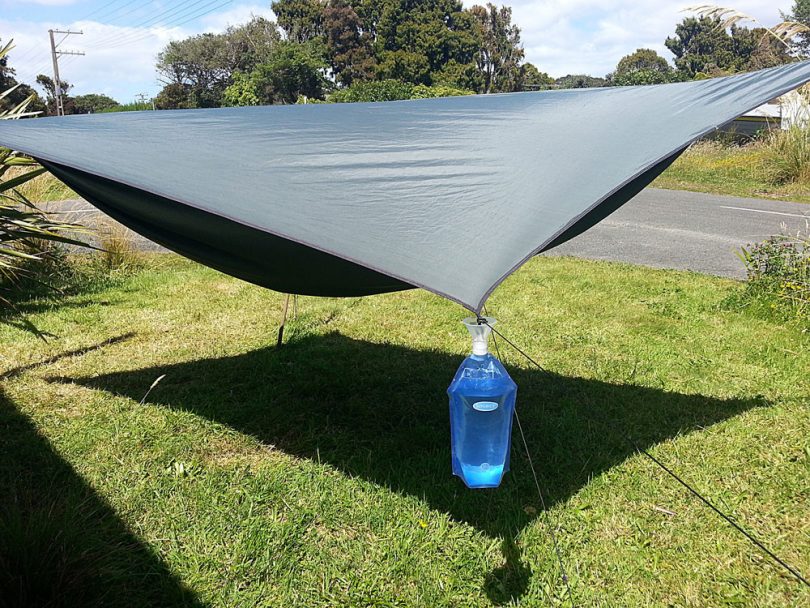
To better your chances of securing water leave a bit of rope or string hanging lower from that lowest point and have that right over your canteen. That will help guide water into your canteen.
Solar Still
This is a bit tougher but it can provide water during periods without rain.This is done by digging a hole in earth that potentially has moisture and placing a water container there.
The hole is then covered with the tarp and lined with rocks to position in place. Then a stone is placed in the middle right over the opening of the water container. This creates a funnel into the water container.
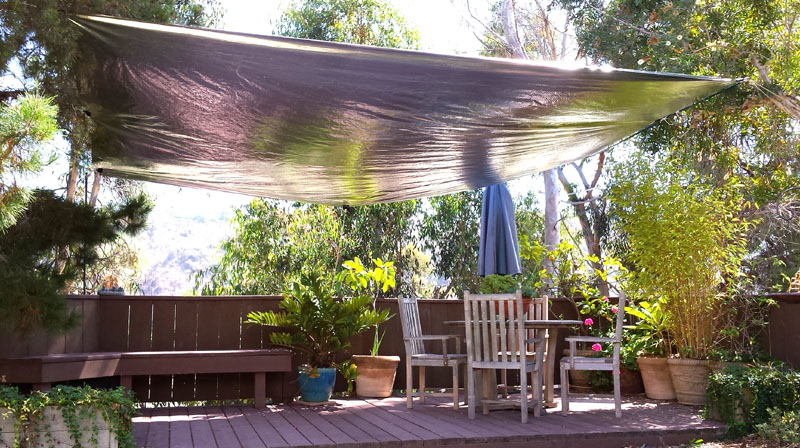
As time passes, water from the ground will condense on the underside of the tarp and slide down into the vessel. This can take a lot of time but it is a trusted method used by survivalists in the absence of rain.
Should I use floor covering?
Tents are inherently built of strong and lightweight materials. However, it’s important to remember that the material isn’t indestructible. Tears are possible, especially if you’re camping out in difficult terrain. Sure you can try to find a relatively clear bit of earth to pitch your tent or find some portion that is smooth.
However, that could take some work and time. Imagine camping out in a sandy desert or beach, chances are you won’t be able to find clear, soft ground to pitch your tent. Adding some floor covering lessens the amount of work you need to do to keep things smoothed out.
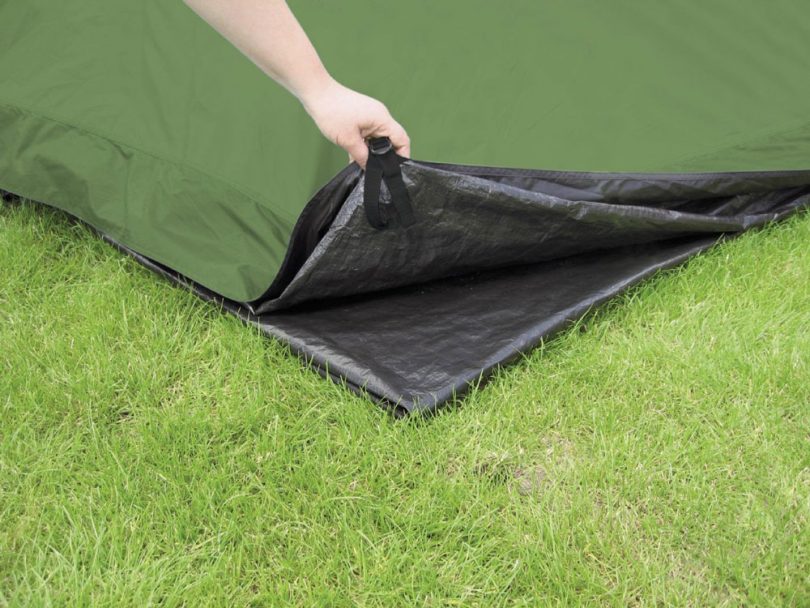
Tents don’t come cheap and if you’re thinking about saving money for the long term, then you’d best do what you can to extend the lifespan of your investment, even if it requires a bit of added cost, be it in the form of cash or good, old-fashioned, elbow grease.
Also, we have to consider the possibility of rain. The use of a tarp or a tent footprint will help protect you from exposure to the elements while you’re resting. Water seepage into a tent is a very real possibility and it’s a big pain. Especially if you aren’t able to get any sleep because of it and still have a long trip ahead of you. It gets even worse if you’ve sprawled out some of your things in the tent when water seeps in.
Tent Footprint and Tarp which should I use?
A categorical answer is a bit irresponsible. Here are a few of the common considerations before you decide.
Tent floor cover or Groundsheet
If you’re looking for something to help improve the performance of your tent’s flooring then at the very least you will want to choose one of the two. The choice, of which, however, will largely factor in the environment you are going to be camping in.
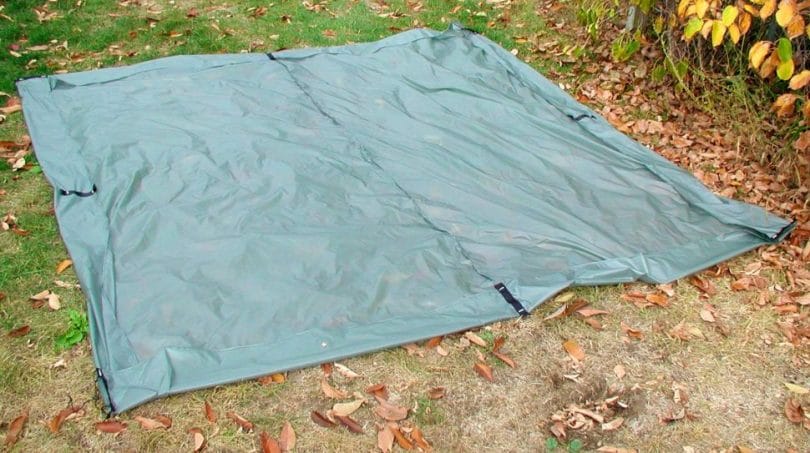
Rough terrain/Ground
You will want to use a good tent footprint. The manufacturer’s footprint will serve you well here. Tent footprints are made primarily for the reason of protecting your tent flooring from scratches and tears.
Tarp on the other hand (depending on the type) might get beaten up quickly if used in rough terrain.
Expecting Rain
Both options are generally water resistant, however, a tarp can be a better option if you’re expecting regular rains or a downpour during your trip.The key word is can. If it’s oversized, then you might be looking at more moisture underneath you.
Tent footprints, especially those that are made by your tent’s manufacturer, are perfectly measured for your tent. So if your intent is to provide an unusual thickness, then you won’t have that option. However, the perfectly measured footprint can help keep water from gathering underneath your tent.
When there is excess groundsheet protruding from underneath your tent, it becomes a rain catcher and it gathers water underneath your tent. The water can lead to intrusion, at best it’s an additional pain when you pack up camp in the morning.
Whether or not the additional protection for your flooring is absolutely necessary is a matter for discussion. Some folks will swear by it. Others are of the opinion that it’s unnecessary. It is after all more gear on your back. Some folks, especially minimalists tend to avoid bringing tarp or tent footprints to shave ounces of the pack.
Overall, if having just the right groundsheet is your concern, a tent footprint is definitely a good idea.
Weight
This can be a toss-up depending on the material used. Some tarp material can be lighter than a tent footprint’s and vice versa. Some tent footprints can weigh in at roughly 11oz and some can come in at 5 oz. Generally, lighter is better. In the case of OEM tent footprints, you will be able to get the information as you windowshop prior to making a purchase.
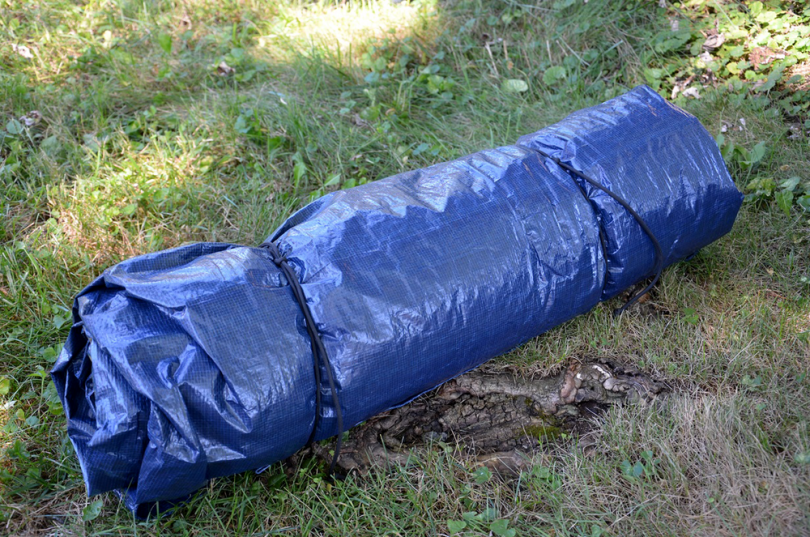
For tarp fellows that want to DIY a tent footprint you will have to pay attention to the material. Some folks will go with Polycro as it’s extremely light. Weedblock fabric handles moisture very well. Tyvek is also a strong lightweight option. Most of these will come off pretty light but the actual weight will vary once you’ve done your cutting.
If you were picky in terms of weight, the lightest possible groundsheet is probably going to be a DIY tarp.
Durability
If you’re going to be bothered to take something with you on a trip, you’ll want to be sure that it fulfills its purpose. What was the point of lugging something around on your hike if it’s just going to give up on you mid-way through the trip.

When it comes to taking a beating, OEM tent footprints will often last you way longer. Though they will show signs of wear sooner or later, they tend to take on signs of damage at a much slower rate. This is because they are made of high-grade materials. DIY tarp groundsheets, on the other hand, are put together with materials that weren’t manufactured for this purpose.
[the_ad_group id=”23″]
However, it is definitely worth noting that a DIY groundsheet will set you back for far less than tent footprints by manufacturers. OEM tent groundsheets can set you back by as much as $50. On the other hand, a DIY project can cost anywhere as low as $4-8.
Choose what you like
With all of that said and done, you will probably now have an idea as to what you want in your pack for your next trip? Both are good options.
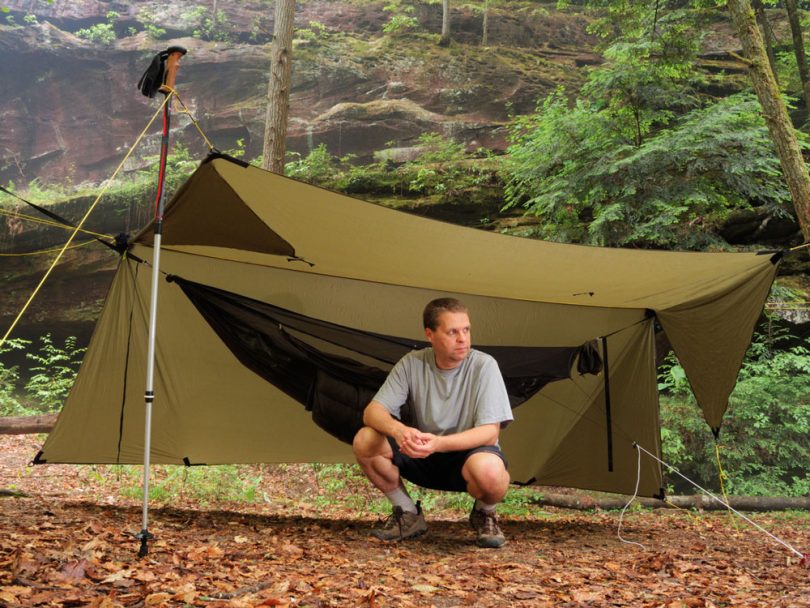
And while some may scoff at the idea of having to bring additional weight around, the alternative uses for a good tarp or groundsheet can do you a lot of good should you find yourself in a pinch while out in the wilderness.
If you are in need of the finest quality family tent, check out our article on this topic.

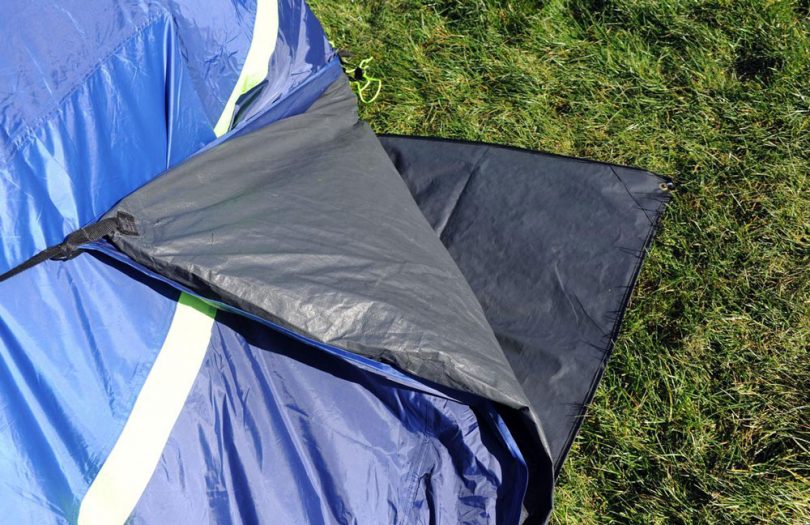
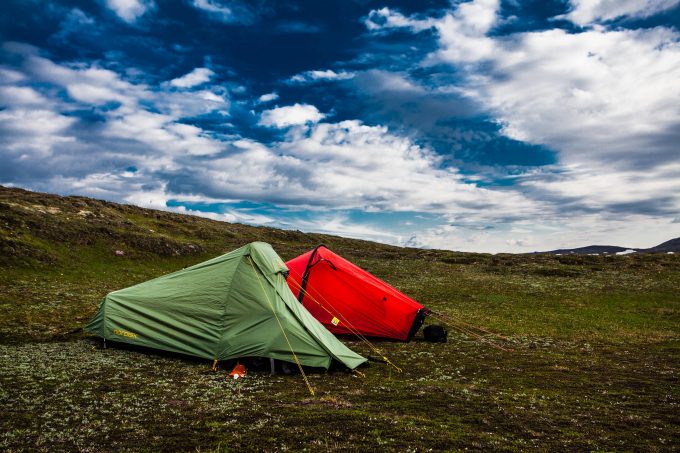
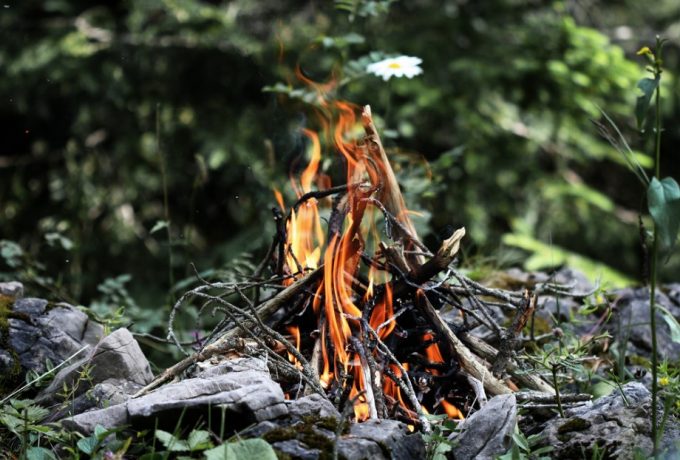
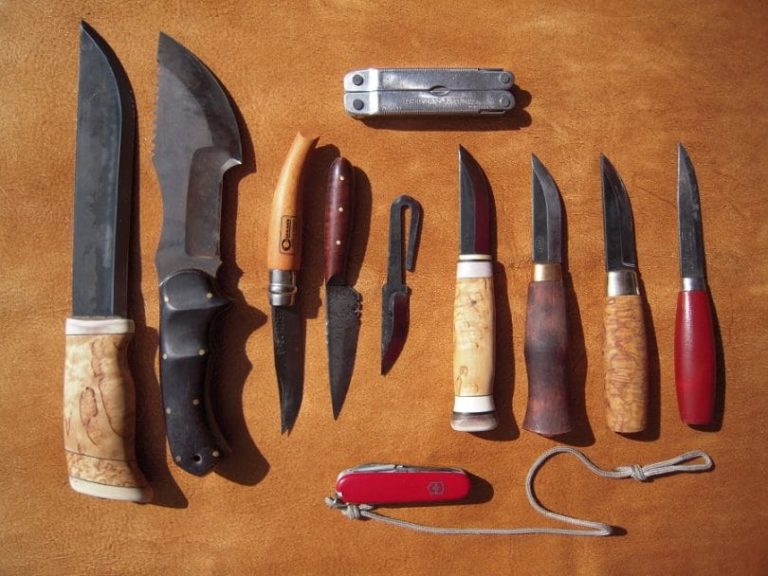

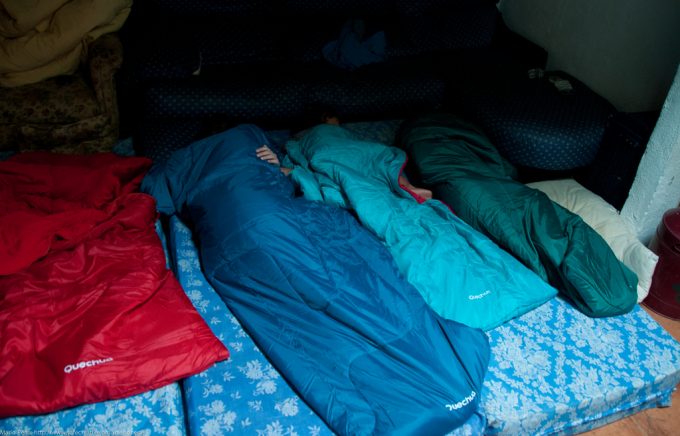
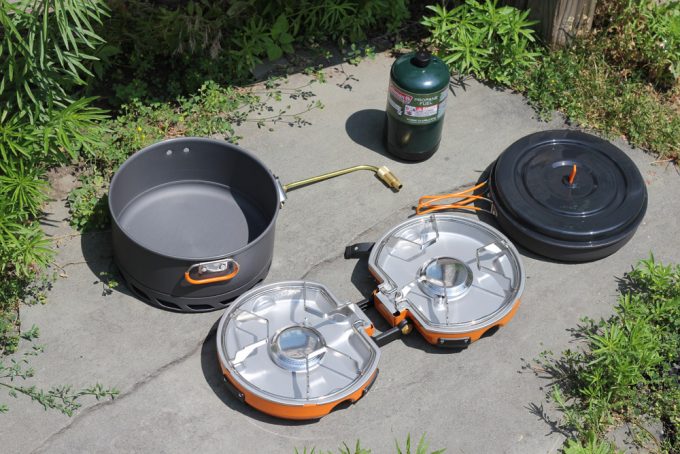
I always carry my Tyvek with me. It’s light, durable, inexpensive, and is plenty big enough to protect my ALPS Mountaineering Zephyr. I love that I can use it for anything I can use a tarp for and that it’s basically disposable since it is so cheap. All my old ones are usually re-purposed into bag liners or for lining the bottom of a potted plant.
Great to hear that Renee! These are pretty inexpensive indeed but multi-purpose. Maybe you can check out other options that you can invest on for longer use. Wish you good luck on your next adventure!
Great to hear that Renee! These are pretty inexpensive indeed but multi-purpose. Maybe you can check out other options that you can invest on for longer use. Wish you good luck on your next adventure!
I always carry my Tyvek with me. It’s light, durable, inexpensive, and is plenty big enough to protect my ALPS Mountaineering Zephyr. I love that I can use it for anything I can use a tarp for and that it’s basically disposable since it is so cheap. All my old ones are usually re-purposed into bag liners or for lining the bottom of a potted plant.
Great to hear that Renee! These are pretty inexpensive indeed but multi-purpose. Maybe you can check out other options that you can invest on for longer use. Wish you good luck on your next adventure!
Great to hear that Renee! These are pretty inexpensive indeed but multi-purpose. Maybe you can check out other options that you can invest on for longer use. Wish you good luck on your next adventure!